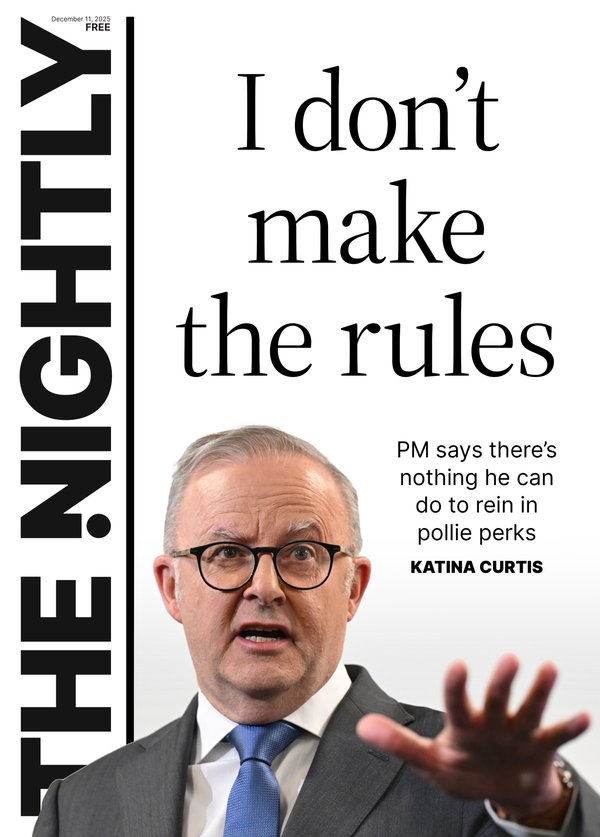Made in Asia: Why Korean and Japanese pop culture are taking over the world
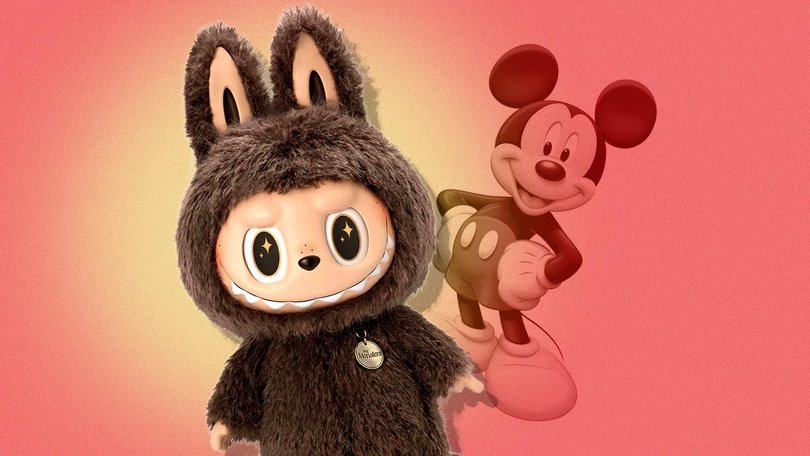
Walk through the city centre of any Australian capital and you’re bound to spot a Labubu charm hanging off someone’s bag.
Venture through any bookstore and you’ll see copious copies of novels translated from Japan, all with artful covers, often bearing titles involving food like coffee, eggs and butter.
The highest grossing movie in the world this year comes not from Hollywood but China, and unless the third Avatar movie can shoot northwards of $US2 billion, Ne Zha 2 will end 2025 on top.
Sign up to The Nightly's newsletters.
Get the first look at the digital newspaper, curated daily stories and breaking headlines delivered to your inbox.
By continuing you agree to our Terms and Privacy Policy.The biggest streaming movie of the year is KPop Demon Hunters, which has dominated global culture like nothing else before it, decimating Netflix’s own most-watched rankings (325 million views and counting), while its songs, Golden and Soda Pop, conquered the music charts including Billboard, Spotify and ARIA.
When certain right-wing politicians were using racist rhetoric to warn of an “Asian invasion” three decades ago, this isn’t what they had in mind.
For the past century, the growth of American influence on the world stage had as much to do with its spread of soft power as it did its military and economic might.
Across the world, symbols such as the McDonald’s arches, Coca-Cola red and Mickey Mouse ears came to stand for more than just what they were. They represented, rightly or wrongly, freedom, opportunity and capitalistic hustle.
American films played everywhere, normalising what international audiences thought of as “default”.
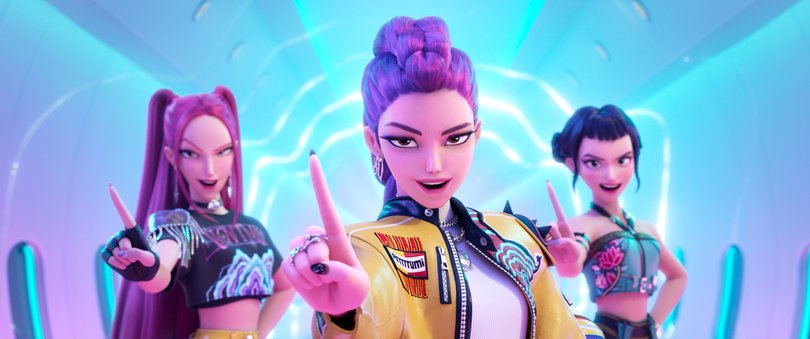
But the Brad Pitt and Julia Roberts era is fading, and in its place, names such as BTS, Bong Joon-ho and Demon Slayer are rising.
The latter is a Japanese anime film whose full title in English is the rather clunky Demon Slayer: Kimetsu no Yaiba – The Movie – Infinity Castle. Part of an existing franchise, it was, unsurprisingly, a phenomenon in Japan.
But the bigger shock was when it was released outside of Japan in mid-September, two months after it broke records at home, it completely defied expectations.
That weekend, it was the biggest movie in the world, including in the US where it took in $US70 million ($108m) while in Australia, it snatched the number one spot from the third Downton Abbey movie (with which it shared an opening day), doubling its takings at $4.85 million.
With takings so far of $US611 million, Demon Slayer is currently in the top 10 global box office of the year, above two Marvel movies and the final Mission: Impossible chapter.
KPop Demon Hunter is technically an American production, sure, but it doesn’t get anywhere close to its stratospheric heights of popularity if the foundation hadn’t been laid by all the other East Asian culture that was already floating around in the milieu.
There are references within KPop Demon Hunter that is so specific to Korean culture, and which are not painstakingly explained or dumbed down, because it understood that an international audience was primed to understand.

But you don’t get KPop Demon Hunter without BTS. Or Yayoi Kusama, Michelle Yeoh, Parasite, Squid Game (still Netflix’s most-watched series ever, in any language) and Blackpink.
Japanese anime such as any Studio Ghibli movie or Sailor Moon, the undeniable forces that are Pokemon and Mario Bros, and Jackie Chan are not new to Western audiences, but there seems to be a convergence in 2025.
It’s as if everything that has separately been swirling finally coalesced into a full-blown movement. We are at an inflection point.
This was clear last week at Disney’s annual Asia-Pacific showcase for its streaming platform.
The American entertainment conglomerate has long had a presence in Asia with Disneyland theme parks in Tokyo, Hong Kong and Shanghai. Its signature characters and animated films are ubiquitous. The kids all know who Mickey, Ariel and Elsa are.
But now it’s very much a two-way cultural exchange. Instead of just parachuting in American-generated culture, Disney is harnessing the creative forces in Asia to populate its platforms across the world.
At a press event in Hong Kong during which the company rolled out its upcoming slate, some of the most enthusiastic responses, in particular to Korean dramas and talent, came from not just the Korean, Filipino and Malaysian writers but the Latin American contingent in the audience.
And this was well above the polite clapping or, at-most, excited murmurings journalists usually deign to express. This was full-on squealing and whopping, and at very regular intervals.
Why Latin America? Perhaps it’s the similarities between heightened Korean romances and Latin American telenovelas. The loudest cheering was reserved for a couple of “palace dramas” set in royal courts, The Perfect Crown and The Remarried Empress.
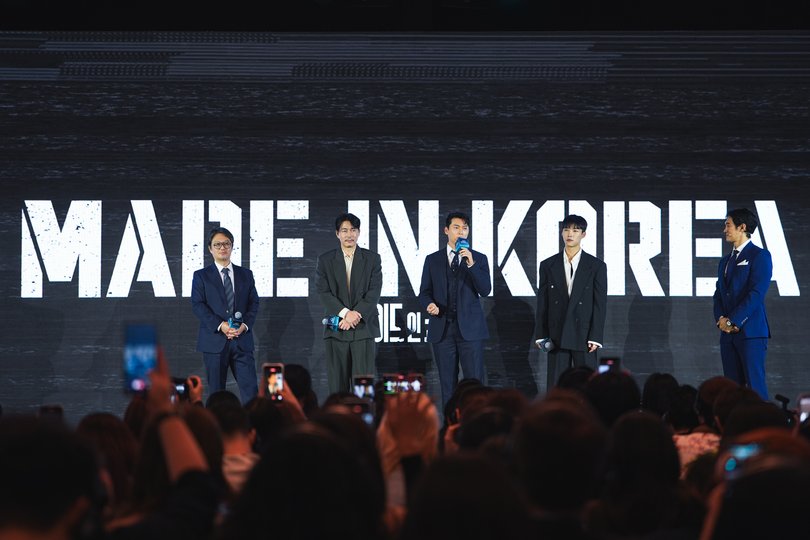
The fact one of Disney’s most high-profile upcoming dramas is called Made in Korea, a 1970s-set crime series, speaks to a confidence in the overall brand of Korean culture.
Since Disney announced it was venturing into original streaming series in APAC in 2021, it has commissioned over 155 shows, including Australian shows such as The Artful Dodger, which returns for its second season next year.
Among the most successful is Moving, a Korean superhero drama that ran for 20 episodes and was nominated for a Best Foreign Language Series gong at the American Critics Choice Awards. In 2023, Moving was the most watched Disney+ series made outside of North America.
That same period, nine of the top 15 non-North American Disney+ shows were Korean, and this is a category that also includes all the local originals made in English-language regions such as the UK and Australia.
Japanese offerings still have room to grow, and its current anime-focused slate will expand to include more live-action ambitions. In the meantime, anime is still being consumed globally. According to Eric Schrier, president of Disney Television Studios, 65 per cent of its anime audience is outside Japan.
The momentum behind Korea is undeniable. Luke Kang, the president of Disney’s APAC division, explained that the Korean market was smaller than Japan’s, so it figured out years ago that in order to grow, it had to learn to export.
The Korean population is 51 million, which is just under double to that of Australia and fewer than half of Japan’s 123 million.
“If the Korean industry did not export, the domestic market was not big enough to increase the production values, increase the production quality. So, (it) learnt how to export to various markets, and with the money that was made overseas, that went back into production and created a virtuous cycle of quality,” Kang said.
“Now, 20 years later, the production quality coming out of Korea is some of the best in the world.”
Kang said budgets per episode in Korea are now higher than in Japan.

There’s a geopolitical flow-on to all this. For much of the latter half of the 20th century, Japan was the Asian nation that appeared to have the strongest links to the West, driven in part by post-WWII American influence and interference.
The Japanese were seen to be technologically advanced, and its electronics, cars and consumer products were seen as desirable. It made sense then that its cultural output penetrated English-speaking countries, especially its anime and manga, or anything that was seen as “cute”, like the Harajuku girls.
Now, Korean culture is hot. Kpop has been an international sensation for almost a decade, and BTS and its Army of fans are legion everywhere. The rigour and discipline required of young and beautiful talent sucked into Kpop’s dream factory means the end product is polished and can be, for the most part, whatever their fans want them to be.
For South Korea, that global affinity through pop culture can translate to economic and military support, especially in a shifting geopolitical landscape where the established rules and order are being challenged.
We know that when it comes to war and disasters “elsewhere”, particularly in non-White, non-Euro-centric countries, familiarity equals interest. Always on the precipice of conflict with a nuclear-armed North Korea, South Korea needs the rest of the world to pay attention.
Pop culture is part of the game of seduction that is international diplomacy, and soft power has always worked hand-in-hand with hard power.
Otherwise, no one would ever bother to bear the cost and hassle of hosting an Olympics, nor would Saudi Arabia be spending billions upon billions upon billions to insert themselves in sport and entertainment around the world as an attempt to rehabilitate its image as an autocratic theocracy with an appalling human rights record.
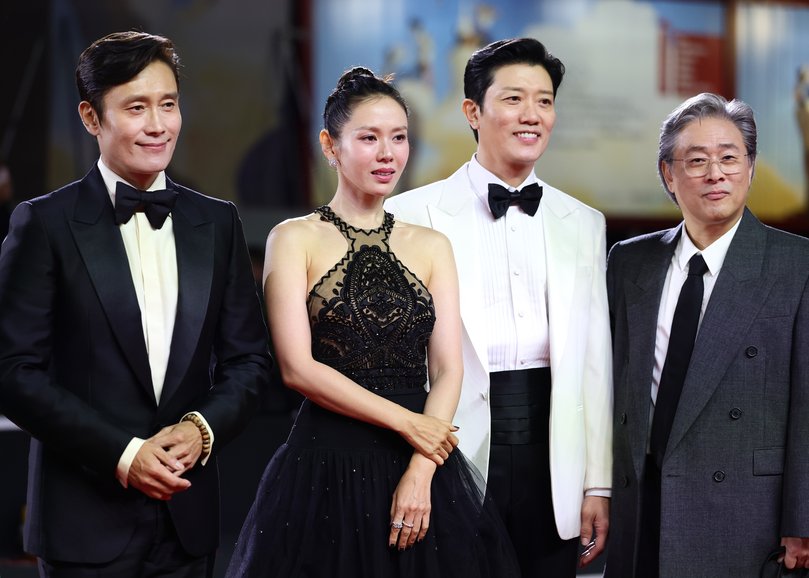
There are two words entertainment executives and filmmakers love to bandy – “authentic” and “storytelling”. Put the two together, and it’s supposed to be the key to critical and commercial success.
It doesn’t always work out that way, but there is something in it. Which is that audiences are different now than they were 20 years, 10 years and even five years ago, when Bong Joon-ho stood with his Oscar in his hand, and declared that the only barrier to a wider world of stories was one-inch subtitles.
In the visual medium, streaming changed the dynamics significantly. The accessibility and ubiquity of stories from all over the world has softened English-speaking and Western audiences to be open to different cultures.
Next year, the Adelaide Festival will host a Korean-language production of Anton Chekhov’s The Cherry Orchard that transplants the story to modern-day Seoul, starring Squid Game’s Haesoo Park and directed by Australian Simon Stone.
That kind of cultural melding would never have happened only a few years ago.
Asako Yuzuki novel Butter, about a Japanese cook-cum-serial killer, was a best-seller in the UK, US and Australia, its distinctive mustard yellow cover gracing prominent tables and shelves in bookstores.
The Korean film No Other Choice, directed by Park Chan-wook and starring Squid Game’s Lee Byung-hun is this year in serious Oscar contention beyond the usual International Feature category.
All these things are not diluted to be palatable for some amorphous Western audience. They are specifically South Korean or Japanese, authentically so.
Carol Choi, Disney’s head of original content APAC, put it like this, “We can’t make content to satisfy everybody, and it first has to resonate in its home market”. Now, it’s resonating beyond those borders.
And there’s nothing like momentum when it comes to pop culture. Everyone wants to be part of something everyone else is into. There’s no stopping this train.
The writer travelled to Hong Kong as a guest of Disney

